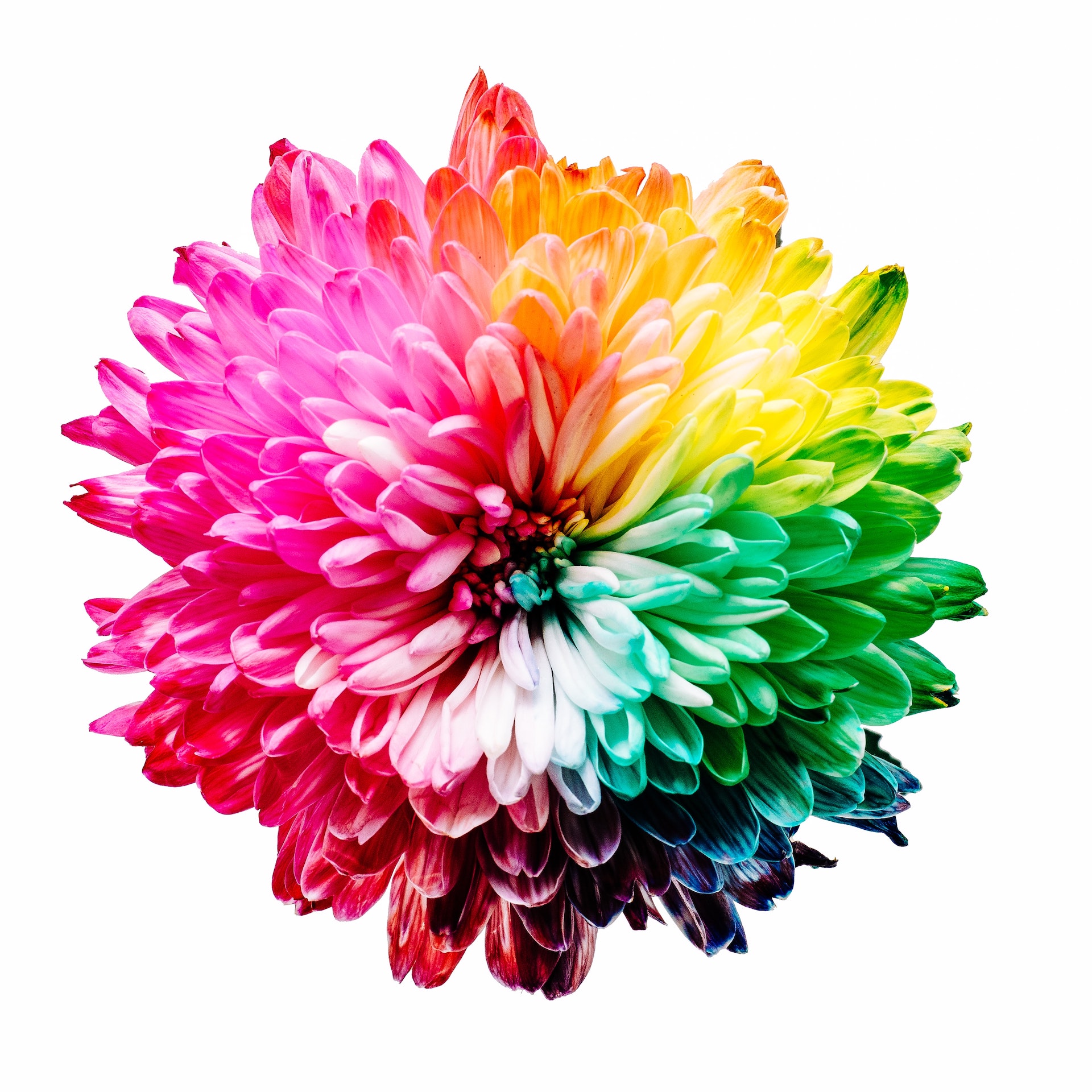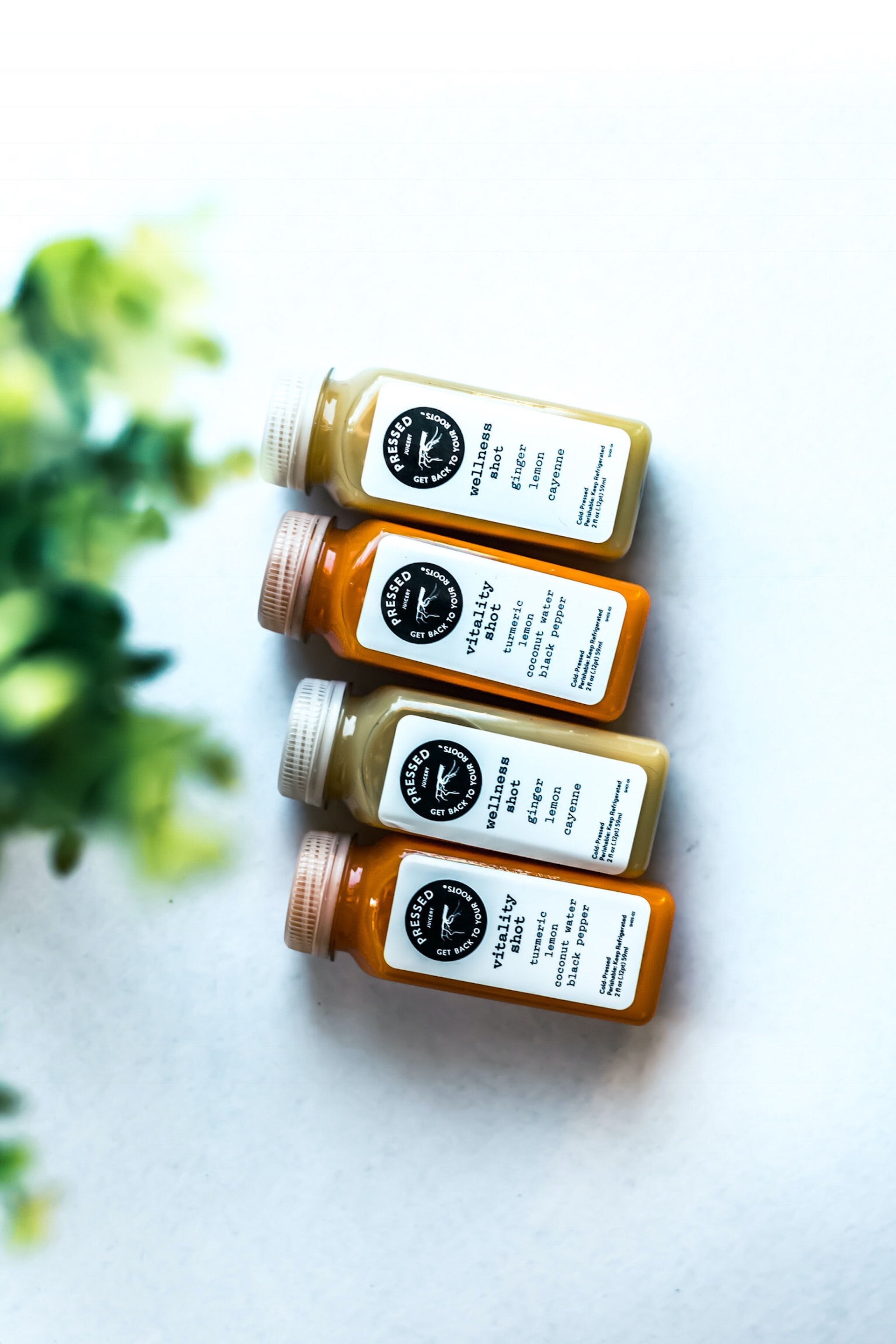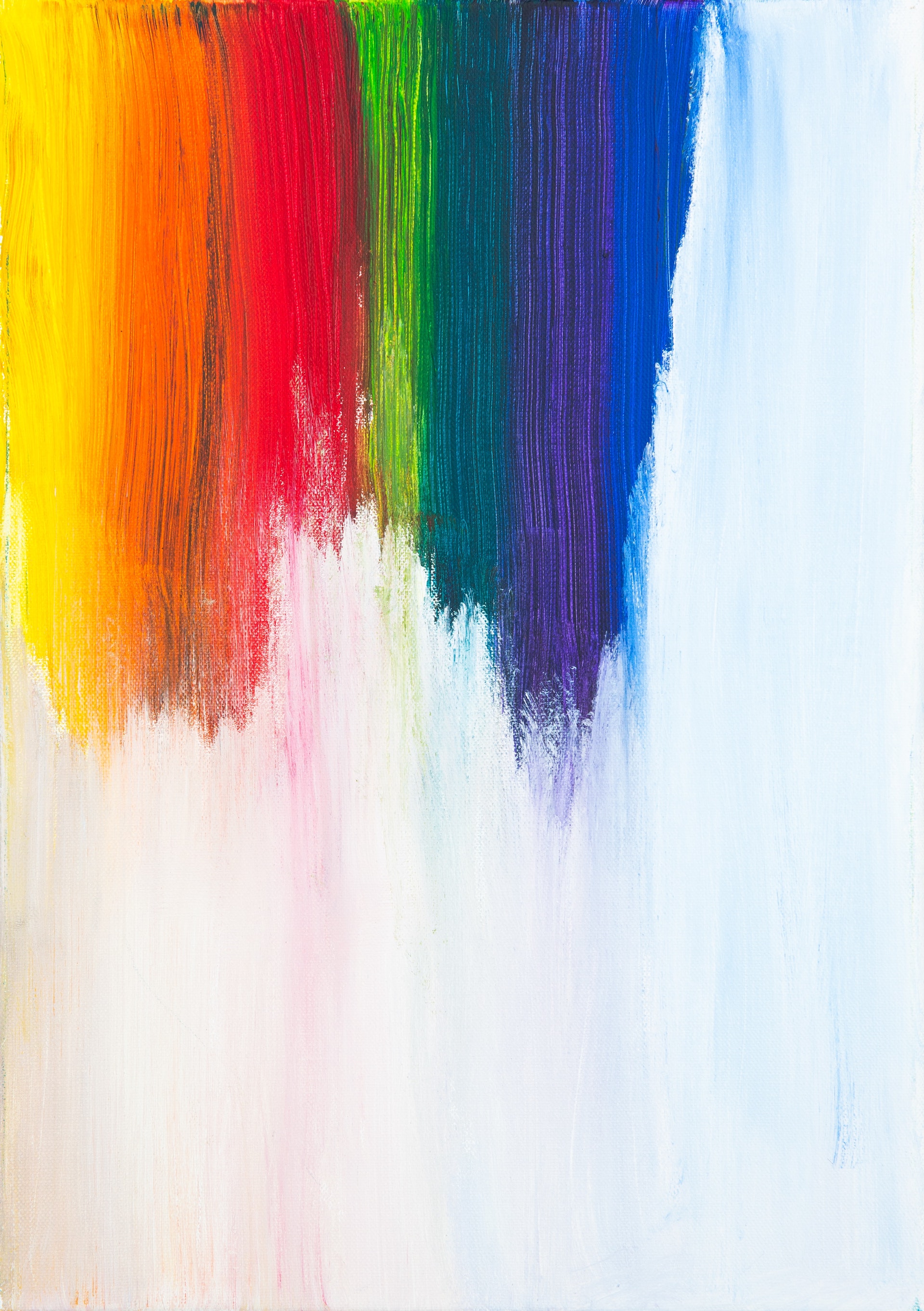How to Choose a Color for your Brand

Choosing a color for your brand is an important step in your branding journey!
Colors and Branding Go Hand in Hand
The color of the brand has a large role in defining your brand identity. In branding, color affects how customers perceive a brand and relate to it. Brands use colors to convey a specific message to customers. Studies have shown that color increases brand recognition by up to 80 percent.
7 Steps to Choose a Color for your Brand
There may be some experimentation needed right at the start, but once you choose the right colors for your brand, ideally they are consistent through the journey of your business’ development. Let us look at the steps to take to arrive at the appropriate colors for your brand.
1. Determine your Brand Identity
A brand identity is made up of a company’s personality, values, and vision. Think about what attributes can be associated with your brand. Is your brand sophisticated with an identity rooted in heritage, or if it is playful and curious? Is it modern and focused on technology? Once you have a good understanding of your brand’s personality, you can go about deciding what visuals to use for your brand. Choosing the right logo and the appropriate font all go a long way in showing consumers and investors that you are consistent in how you communicate. Color is also an essential part of this brand visualization process. Understanding your brand’s identity will lead to a good choice of color.

Photo by Sharon Pittaway on Unsplash
2. Understand the Basics of Color Psychology
Colors have different meanings and can cause unique reactions in humans. Here are some of the common meanings associated with colors.
・Red: associated with excitement and energy.
・Orange: associated with playfulness -- orange has a broad appeal for many brands.
・Yellow: suggests optimism and promise.
・Green: color of optimism, often featured in people’s ‘favorite colors’. It represents nature, stability, and prosperity.
・Blue: one of the most popular choices of color for brands. It is associated with trust and helps instill confidence. It helps people become calm.
・White: denotes simplicity, cleanliness, and virtue.
・Black: suggests sophistication, discipline and luxury.
Many famous brands use these colors consciously in their branding. It is good to research other brands, especially your core competition and see what kind of colors they use.

Photo by Mika Baumeister on Unsplash
3. Choose a Primary Color as Your Base
A brand may use a few colors in its communications but it’s important to have a primary color. What color resonates most with your core brand personality? Will your target audience be able to relate to it based on their behavior? This should be the signature color of your brand. Examples include Coca-Cola’s red or Visa’s blue. Think of your brand’s personality and the basic meanings associated with different colors to arrive at this primary color.

Photo by Clay Banks on Unsplash
4. Choose your Secondary Color
This color is complementary to your primary color. You may need to use it in packaging or on your online platform. This color should match your brand’s identity as well as your primary color.

Photo by Devin Avery on Unsplash
5. Choose your Neutral Color
Neutral colors are the colors of your background or text. They should not be a cause for attention but instead work harmoniously with your primary and secondary colors. Common colors used include black, grey, beige.

Photo by NordWood Themes on Unsplash
6. Pay Attention to the Color Scheme
It’s important that you look at the color wheel and see how the colors you pick for your primary, secondary, and neutral colors all relate to each other. Brands normally use one of these color schemes.
・Monochromatic: different shades of one color. If your primary color is green, your secondary colors could be light green and dark green.
・Analogous: multiple colors close to each other on the color wheel. They have a harmonious relationship with each other.
・Complementary: colors directly across the color wheel, opposite to each other.
・Triad: colors forming a triangle. These combine the elements of analogous colors and complementary.

Photo by Markus Spiske on Unsplash
7. Assess the Function of These Colors
Depending on the type of your business, you may use these colors for your online platform, packaging or in store. Based on where you want to use the color, your choice may change. The colors you use for your site may rely more heavily on your secondary and neutral colors with some limited branding while your packaging may focus on your primary color. Whatever you choose, it’s worth spending some time thinking about the function up front.

Photo by Álvaro Serrano on Unsplash
Color is key to building and growing your business. Finding a suitable color for your brand may lead to long term brand loyalty as well as increased brand recognition among your consumers. There are some basic rules to follow, but you know your brand best so keep that in mind! As with everything else, make sure you test and learn right at the start to find a color for the long haul.



